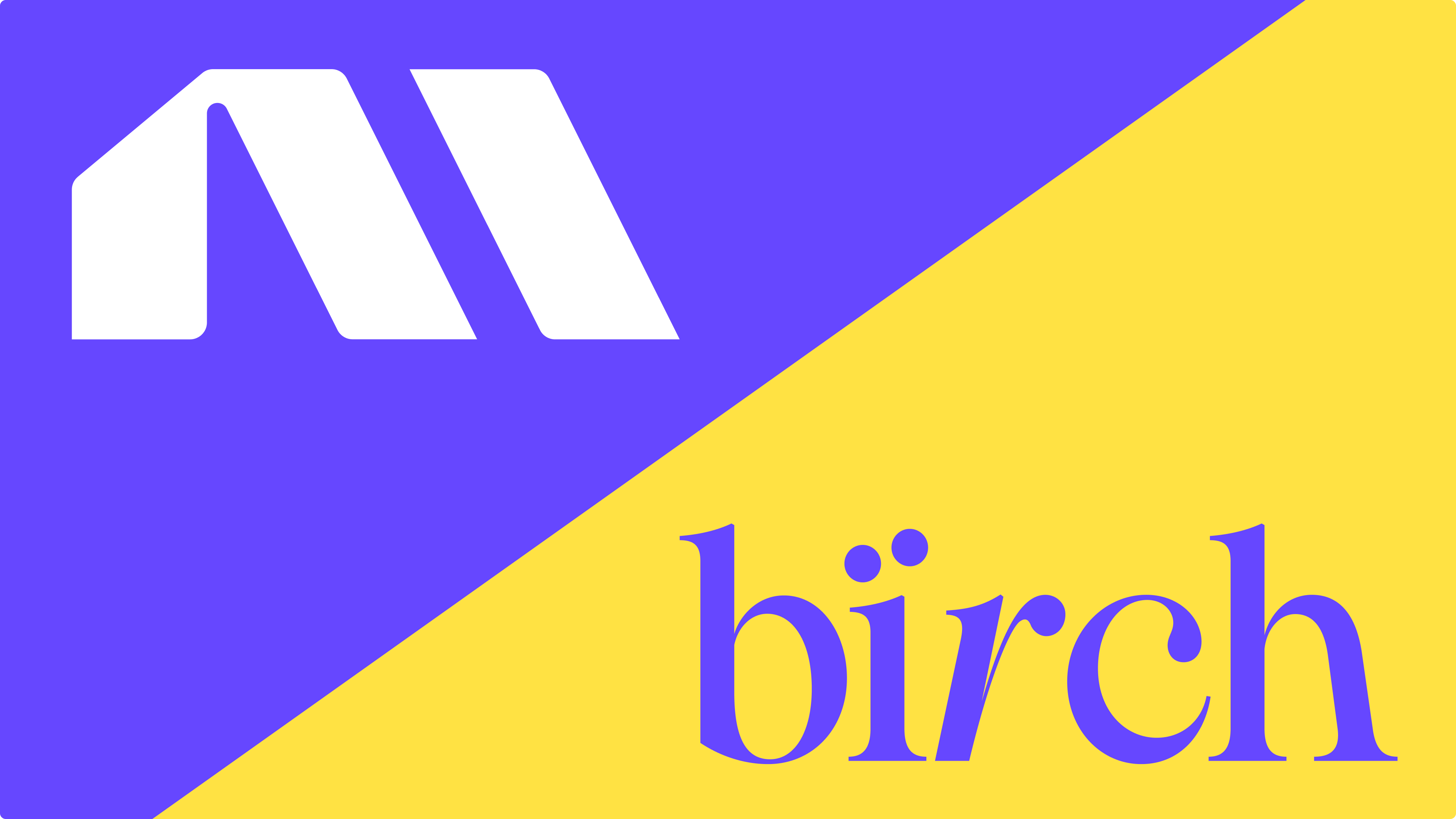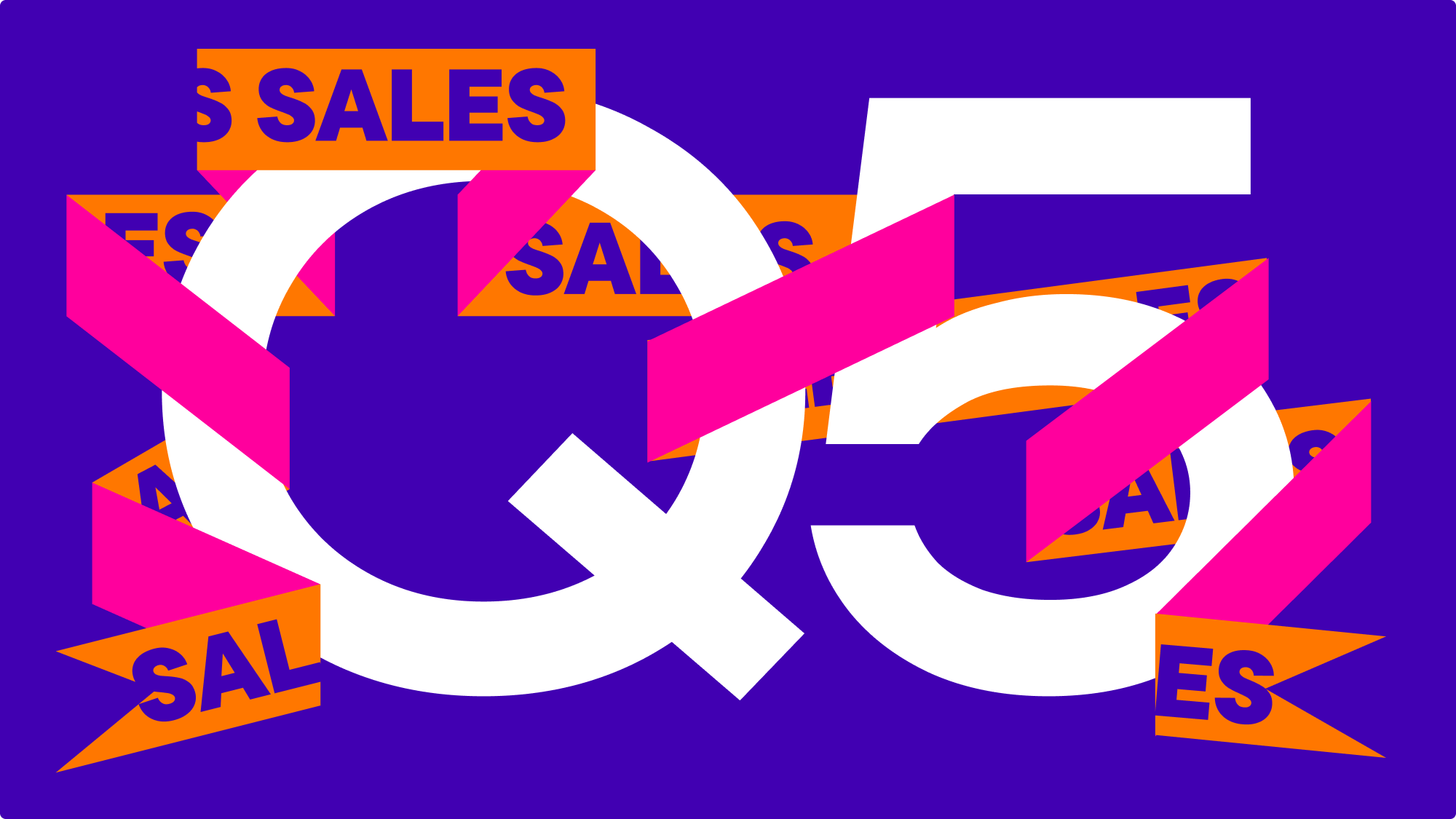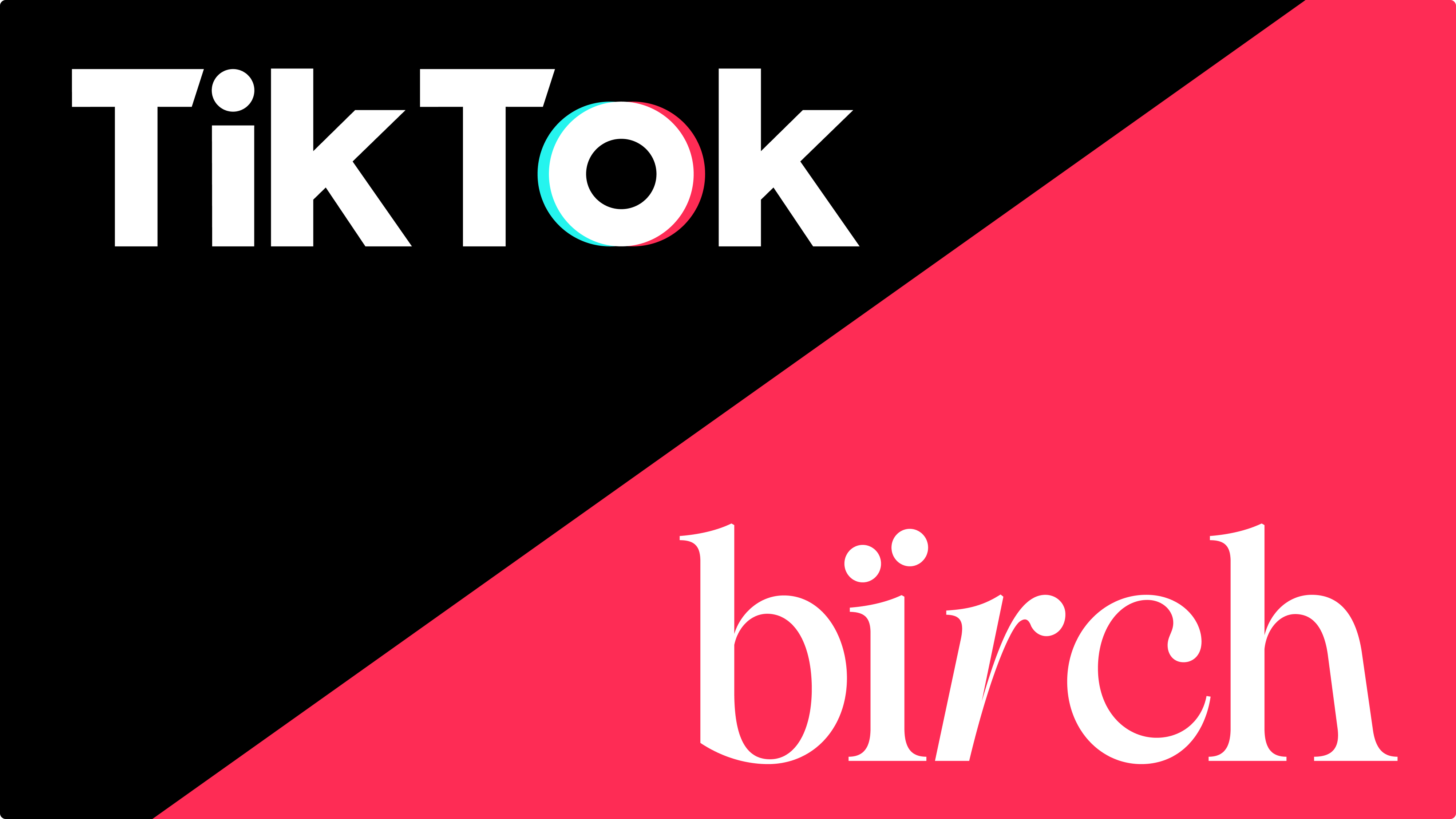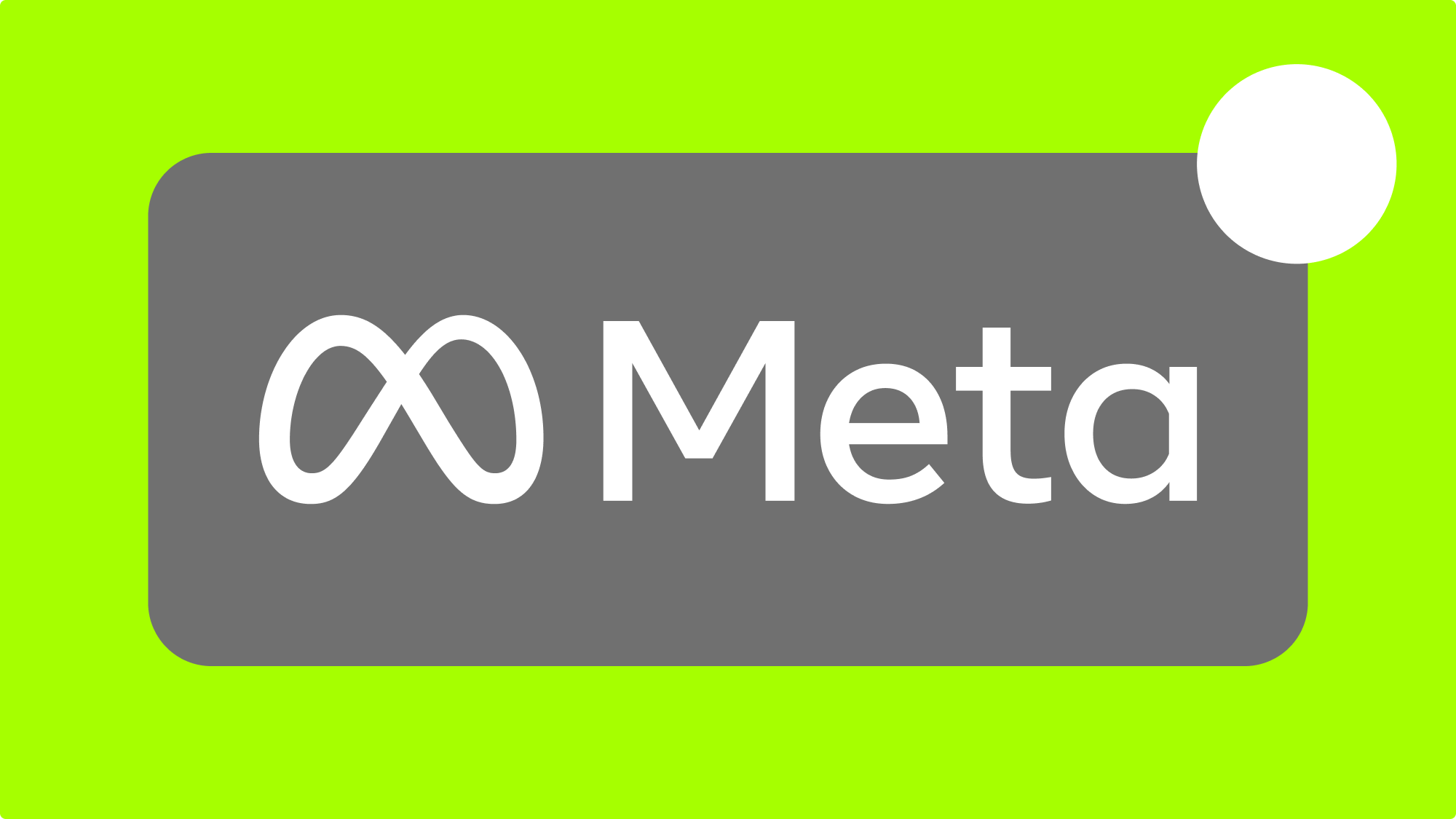Sometimes, automatic bidding just doesn’t cut it. Maybe the campaign budget is set too low to see statistically meaningful results, or Facebook doesn’t have enough consumer data, or perhaps the algorithm limits reach. This is when manual bidding can help.
We’ve collected 3 real-world strategies that our clients used to improve the performance of their ads:
1. Sharp bid increase
This experiment helped one of our clients reach more customers while running ads for an e-commerce clothing brand. If you’re feeling that your delivery is on the low side, you can give it a try.
- When to use it: when impressions accumulate slowly or halt entirely
- Goal: speed up delivery by sharply increasing the bid
Choose an ad set you want to test the performance of and make a copy. Let’s call this copy ad set B and the original ad set A.
Set the ad set B budget to $750. We won’t touch it again for the duration of the experiment.
The newly created ad set B will be our control group, while the original ad set A is where all the testing will happen.
Since we’re trying to see if sharply increasing the bid improves delivery, we’re going to increase the CPA by 2x for our ad set A. We’ll drop it down to the previous target later.
Now we wait for 3 days.
If the ad set started spending 70% of the daily budget, the experiment was a success. We can lower the CPA back to the original target and wait up to 14 days, tracking results.
If the ad set isn’t using 70% or more of the daily budget, we increase the CPA target by another 10%, wait 3 days, and then lower it to the original target.
After 2 weeks, compare the results between the control group and ad set B.
2. Slow bid increase
This strategy is similar to the one above, but instead of a sharp increase, we try gradually ramping up bids.
- When to use it: delivery of ad sets stopped or reduced significantly
- Goal: see if smoothly raising the bid yields higher ads delivery across an ad set
Choose an ad set for the experiment and copy it. We will again call the copy ad set B and the original ad set A. Set the budget for the control group at $750. We won’t be touching it again for the duration of the experiment.
Start raising the ad set's A CPA by $5 every day until it starts spending over 70% of the daily budget. Continue doing so for 31 days.
As soon as the delivery picks up, wait 3 days and lower the bid to your target CPA.
Then, compare if the test's group delivery increases.
This strategy also helps prevent your Facebook ad into falling back into the Learning Phase or even from not being delivered at all.
3. Finding the minimum working bid
This manual bidding strategy is designed to precisely figure out the minimal bid you need to generate good impressions.
- When to use it: after launching an ad set with unknown audience parameters.
- Goal: Pinpoint the minimum acceptable bid.
Create a new ad set and set the CPA to your target value.
Begin increasing the bid by $5 every three hours.
As soon as the impressions start picking up, proceed with lowering the bid by $5 every three hours. Keep doing so until you reach the target CPA or impressions begging to slow down.
After finding the threshold where the impressions slow down, raise the bid by $5.
This is the minimal acceptable bid.
Wrapping up
Manual bidding is a powerful tool for optimizing costs and reaching better performance. Do you have useful strategies that you’ve come to rely on when it comes to manual bidding?
Feel free to give us a tip at ksenia@bir.ch, and we’ll be happy to share these strategies in the blog.
Sometimes, automatic bidding just doesn’t cut it. Maybe the campaign budget is set too low to see statistically meaningful results, or Facebook doesn’t have enough consumer data, or perhaps the algorithm limits reach. This is when manual bidding can help.
We’ve collected 3 real-world strategies that our clients used to improve the performance of their ads:
1. Sharp bid increase
This experiment helped one of our clients reach more customers while running ads for an e-commerce clothing brand. If you’re feeling that your delivery is on the low side, you can give it a try.
- When to use it: when impressions accumulate slowly or halt entirely
- Goal: speed up delivery by sharply increasing the bid
Choose an ad set you want to test the performance of and make a copy. Let’s call this copy ad set B and the original ad set A.
Set the ad set B budget to $750. We won’t touch it again for the duration of the experiment.
The newly created ad set B will be our control group, while the original ad set A is where all the testing will happen.
Since we’re trying to see if sharply increasing the bid improves delivery, we’re going to increase the CPA by 2x for our ad set A. We’ll drop it down to the previous target later.
Now we wait for 3 days.
If the ad set started spending 70% of the daily budget, the experiment was a success. We can lower the CPA back to the original target and wait up to 14 days, tracking results.
If the ad set isn’t using 70% or more of the daily budget, we increase the CPA target by another 10%, wait 3 days, and then lower it to the original target.
After 2 weeks, compare the results between the control group and ad set B.
2. Slow bid increase
This strategy is similar to the one above, but instead of a sharp increase, we try gradually ramping up bids.
- When to use it: delivery of ad sets stopped or reduced significantly
- Goal: see if smoothly raising the bid yields higher ads delivery across an ad set
Choose an ad set for the experiment and copy it. We will again call the copy ad set B and the original ad set A. Set the budget for the control group at $750. We won’t be touching it again for the duration of the experiment.
Start raising the ad set's A CPA by $5 every day until it starts spending over 70% of the daily budget. Continue doing so for 31 days.
As soon as the delivery picks up, wait 3 days and lower the bid to your target CPA.
Then, compare if the test's group delivery increases.
This strategy also helps prevent your Facebook ad into falling back into the Learning Phase or even from not being delivered at all.
3. Finding the minimum working bid
This manual bidding strategy is designed to precisely figure out the minimal bid you need to generate good impressions.
- When to use it: after launching an ad set with unknown audience parameters.
- Goal: Pinpoint the minimum acceptable bid.
Create a new ad set and set the CPA to your target value.
Begin increasing the bid by $5 every three hours.
As soon as the impressions start picking up, proceed with lowering the bid by $5 every three hours. Keep doing so until you reach the target CPA or impressions begging to slow down.
After finding the threshold where the impressions slow down, raise the bid by $5.
This is the minimal acceptable bid.
Wrapping up
Manual bidding is a powerful tool for optimizing costs and reaching better performance. Do you have useful strategies that you’ve come to rely on when it comes to manual bidding?
Feel free to give us a tip at ksenia@bir.ch, and we’ll be happy to share these strategies in the blog.

















